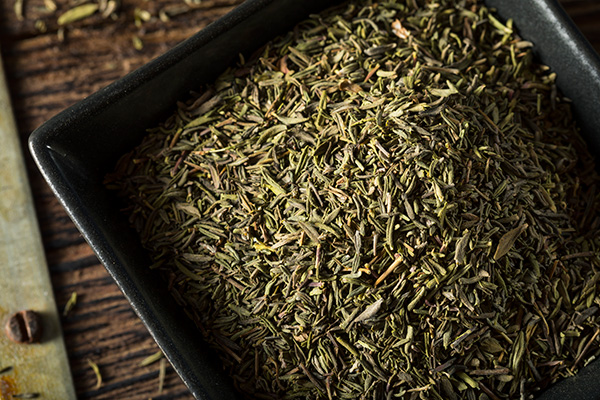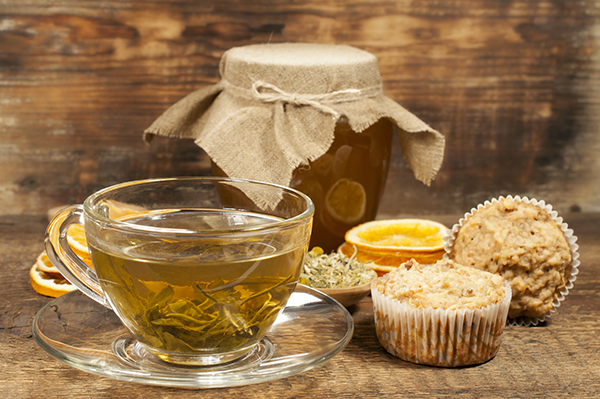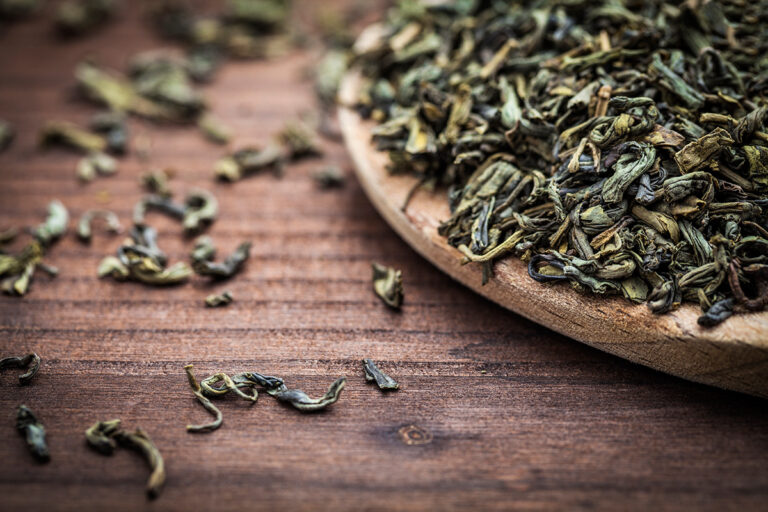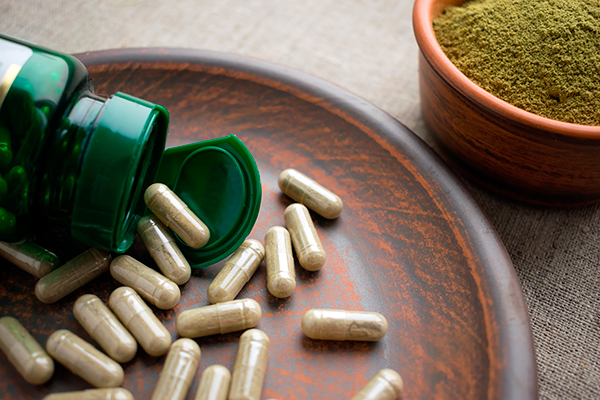How to Make Japanese Green Tea
Embark on a serene journey into the world of Japanese green tea with our step-by-step guide to brewing the perfect cup. Green tea is deeply ingrained in Japanese culture and is widely appreciated for its health benefits and delicate flavors.
In this blog post, we’ll be focusing on Sencha, the most popular variety of Japanese green tea. Whether you’re a tea connoisseur or a curious beginner, this guide will teach you the art of brewing and enjoying a soothing cup of Sencha right from the comfort of your home.

How to Make Japanese Green Tea
Brewing Japanese green tea is an art and a meditative experience. By following these steps, you can enjoy the delicate, soothing flavors of the tea and create your own tea ceremony at home.
There are several types of Japanese green tea, such as Sencha, Gyokuro, and Matcha, but here we’ll focus on brewing Sencha, the most common type.
- Assemble your tools: You’ll need a Japanese teapot (kyusu), tea cups (yunomi), a tea scoop (chashaku), a tea strainer, a tea towel, and a kettle for boiling water.
- Measure the tea leaves: Measure out 1 teaspoon (about 2-3 grams) of Sencha tea leaves per 6 ounces (180 ml) of water. Use the tea scoop to place the leaves into the tea strainer and then into the teapot. Here are the best loose-leaf green teas you can try.
- Preheat the teapot and cups: Boil water in the kettle, then pour a small amount of hot water into the teapot and tea cups. Swirl the water around to warm the teapot and cups. Pour out the water and dry the teapot and cups with the tea towel.
- Cool the boiling water: After the water has reached a full boil, let it cool down to about 160-170°F (70-77°C). This is crucial for the proper extraction of flavors and preventing a bitter taste.
- Pour water over the tea leaves: Slowly pour the cooled water over the tea leaves in the teapot, filling it up to the desired level.
- Steep the tea: Steep the tea for 1 to 1.5 minutes. Avoid oversteeping, as this can result in a bitter taste. For a lighter taste, you can shorten the steeping time.
- Serve the tea: Gently pour the tea into the preheated tea cups, ensuring that each cup receives an equal amount of tea. It’s customary to pour a little bit into each cup, then go back and fill each cup more until the teapot is empty. This ensures that the tea’s strength is consistent in each cup.
- Enjoy the first infusion: Sip the tea slowly and savor the flavor. Take note of the aroma, taste, and mouthfeel.
- Multiple infusions: Japanese green tea can be re-steeped multiple times. For the second infusion, steep the tea for just 30 seconds at a slightly higher temperature (175-180°F, 80-82°C). The third infusion can be steeped for 45 seconds to 1 minute at a temperature of 185-195°F (85-90°C).
Each infusion will bring out new flavors and nuances. Be sure to adjust steeping times and water temperatures according to your personal taste preferences.
Final Thoughts
Now that you have mastered the art of brewing Japanese green tea, you can enjoy the calming ritual of preparing and savoring a perfect cup of Sencha.
As you refine your technique and experiment with different steeping times and water temperatures, you will discover the unique flavors and characteristics that make Japanese green tea so special.
FAQ
Can I Drink Japanese Green Tea Every Day?
Yes, you can drink Japanese green tea every day. In fact, it’s a common daily beverage for many people in Japan. Green tea contains various antioxidants, vitamins, and minerals that can provide health benefits, such as boosting metabolism, supporting brain function, and promoting heart health.
However, moderation is key, as green tea also contains caffeine, which can cause sleep disturbances or other side effects in sensitive individuals.
Drinking up to 3-4 cups of green tea daily is generally safe.
What Do the Japanese Put in Green Tea?
Traditionally, Japanese green tea is enjoyed without any additives, as it allows the drinker to fully appreciate the delicate and complex flavors.
However, some people may add a small amount of sugar or honey to sweeten the tea.
It’s also common to find flavored green teas, such as those infused with roasted brown rice (Genmaicha) or combined with powdered matcha (Matcha-iri Sencha).
Is Japanese Green Tea Different Than Regular Green Tea?
Japanese green tea differs from other green teas in terms of cultivation, processing, and flavor profiles. The most notable difference is the steaming process used to prevent oxidation and preserve the green color, which results in a more vegetal, umami-rich, and slightly sweet flavor.
In contrast, Chinese green tea is typically pan-fired, giving it a toastier, more robust taste.
Which Japanese Tea Is Healthiest?
All Japanese green teas offer health benefits due to their antioxidant, vitamin, and mineral content.
However, Matcha is often considered the healthiest Japanese tea, as it is made from finely ground whole tea leaves, which means you consume the entire leaf and its nutrients. This results in a higher concentration of antioxidants, particularly EGCG (epigallocatechin gallate), a powerful catechin that has been linked to various health benefits.
What Is the Number 1 Tea in Japan?
Sencha is the number 1 tea in Japan in terms of popularity and production. It accounts for nearly 80% of the green tea produced in the country.
Sencha is known for its refreshing, slightly grassy flavor with a hint of umami, making it a beloved daily beverage for many Japanese people.
Other popular teas include Gyokuro, Matcha, Genmaicha, and Hojicha.





